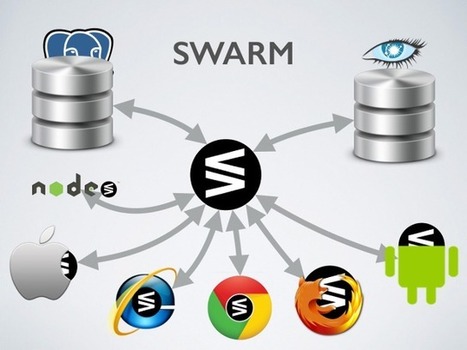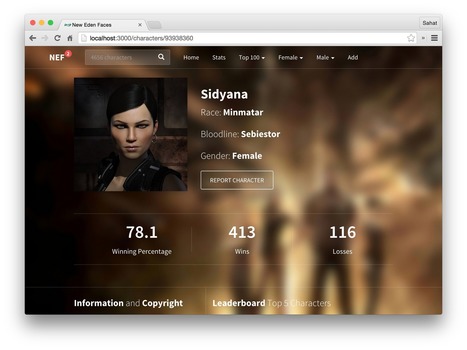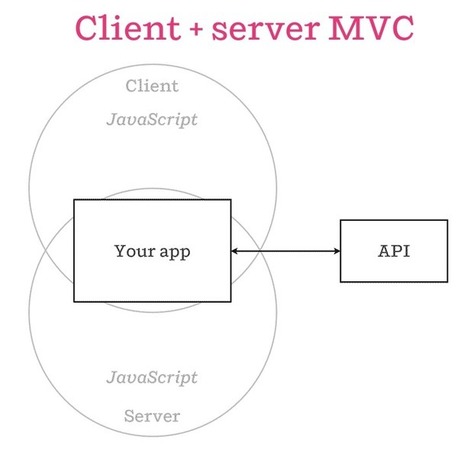80 million monthly visitors, loads up to 10,000 requests per second, and 15 million items, adding more than one million new items each month is what Walmart.com’s scale is all about. With an e-commerce business that holds the number two online retailer spot in the U.S., we needed not just to scale Walmart.com, but to really leverage the talent and creativity of our engineering base.
Research and publish the best content.
Get Started for FREE
Sign up with Facebook Sign up with X
I don't have a Facebook or a X account
Already have an account: Login

Keeping track of current JavaScript Frameworks that help design your clientside Business Logic Layers.
Curated by
Jan Hesse
 Your new post is loading... Your new post is loading...
 Your new post is loading... Your new post is loading...
No comment yet.
Sign up to comment
|
|
























